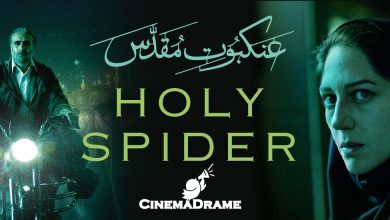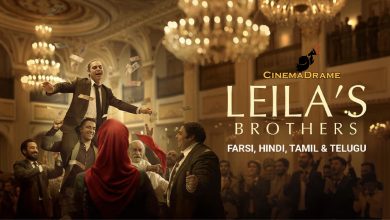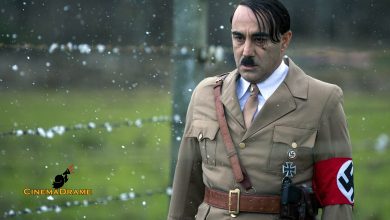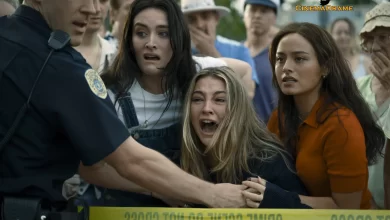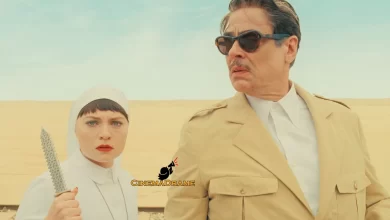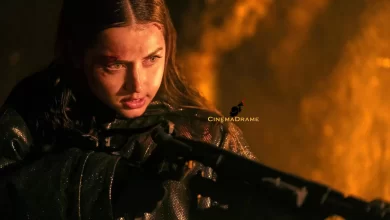Loghman Madayen’s Critique of The Last of Us Season One: The Decline of Reason, a Prelude to Civilization’s Fall
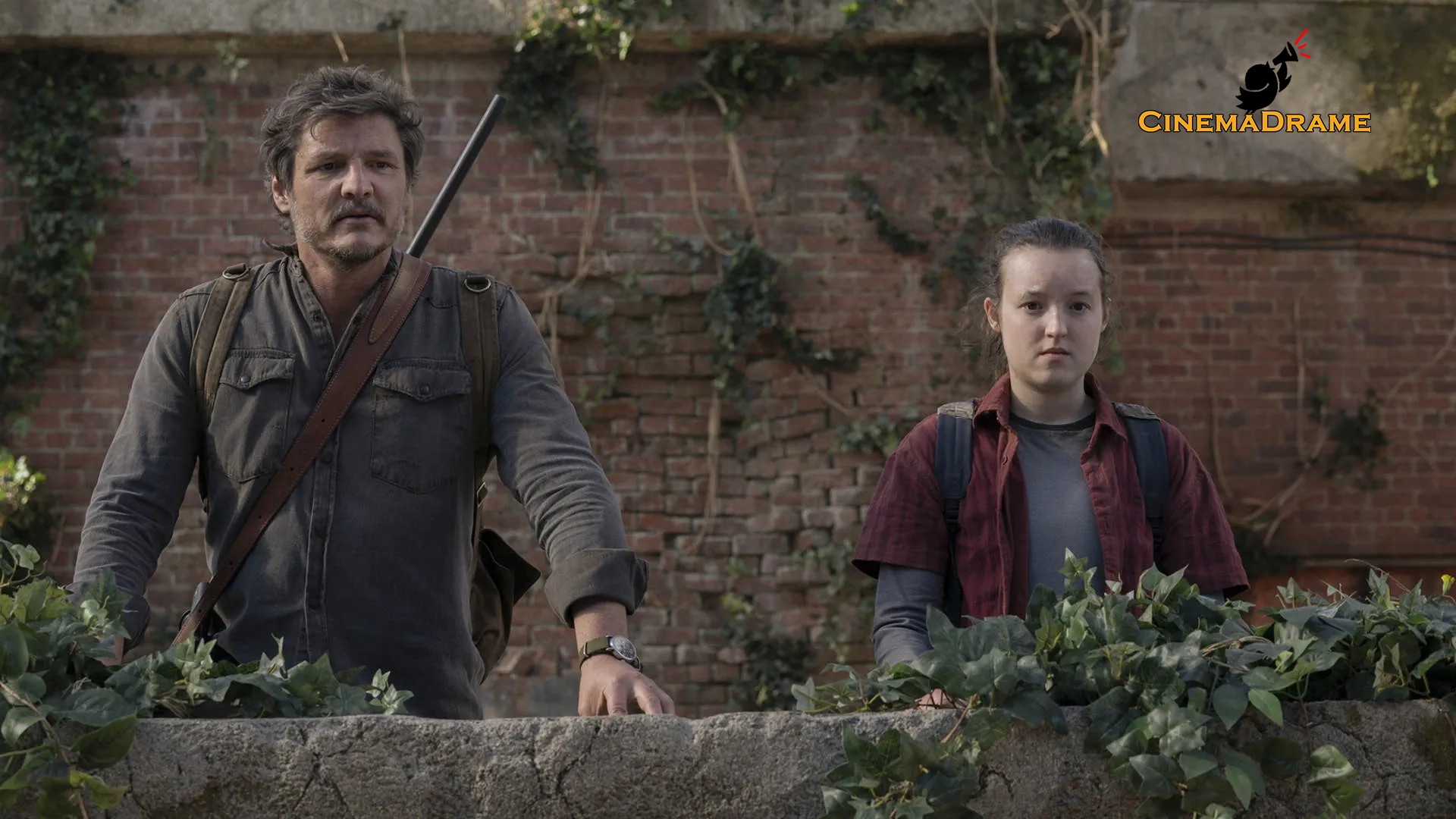

According to cinemadrame News Agency, Loghman Madayen, a film critic, penned an exclusive review of the first season of The Last of Us, writing: The Last of Us series was a highly successful, well-crafted, and meaningful work that took us into a society plagued by a dangerous virus where people have lost control over their intellect, worship rage, and attack one another. Law has lost its legitimacy and no longer has the necessary deterrent power. This pandemic quickly becomes an all-consuming fever, targeting minds, expanding its reach, showing that rage begets rage. The level of savagery becomes so extreme that members of a single family have no choice but to stand against each other. Even children become threats, and a moment of peace is a rare blessing. There is no longer a single, unified law; the military seizes the opportunity to dominate the seats of power, enforcing their own brutal rule, enslaving people, and rendering bread and water more valuable than human life.
It portrays a civilization dragged into collapse due to its estrangement from reason. Humans, in their struggle to survive, seize one another’s lives and possessions. Perhaps more than any other, this series can transport us to a future of lawlessness, to an age without thought. Not a second should be overlooked, for everything you see in its two-legged creatures holds the potential for emergence—much like the Joker’s famous line: “I’ll show you. When the chips are down, these civilized people… they’ll eat each other.”
I’ll move past its admirable content and instead evaluate its form.
Let’s begin with suspense, the greatest element of the show’s success. Even if you’ve played the game—created by Naughty Dog and the basis for the series—it still feels fresh. Those surprising visuals, natural animals, sounds created not through audio perspective but through real individuals’ sound design, and actors who, without having played the game, tried to recreate the experience of a first-time encounter—nothing is predictable. In crucial moments, the characters themselves are just as shocked as the audience. Another key element is the lack of resolution handed down by the writer.
However, the editing is not precise. It begins with a dialogue-heavy scene that might not be ideal for starting a series. This volume of information shouldn’t be delivered so directly to the audience; instead, it could have been depicted through, for example, a TV program clip. Therefore, the opening isn’t compelling, and the subsequent credits sequence drains energy and slows the pacing.
Another issue is the failure to cut excess scenes. We’re entangled more in subplots than in advancing the main plot, which slows the rhythm. You might argue it had to follow the game’s storyline and remain faithful, but it didn’t—it altered the story in multiple areas and followed its own path. The only heartbeat of the film is maintained by subplots whose recurrence remains uncertain to the viewer.
That said, strong continuity is preserved, and color contrast is respected. Moreover, the smart sequencing of scenes maintains the film’s pulse and preserves its rhythm. It skillfully assembles parallel actions and makes good use of complementary angles. It observes the 30-degree and 180-degree rule, assigns appropriate durations to shots, provides new information through cuts, and uses effective reaction shots in monologues.
Sound editing is one of the film’s strongest elements—footstep sounds matching flooring, ambient environmental and background noise, precise syncing of sound effects, balance between silence and music that aligns with shots and supports the action.
The original score was outstanding, emanating from authentic sounds rooted in a decayed civilization. The action sequences were designed so that the viewer felt part of the scene, not just a spectator. Sometimes it evoked sorrow and grief, and sometimes the healing of wounds through unfulfilled love. It employed a unique tempo designed to evoke the feeling of a broken tree, and at the right moments, it supported scenes capable of standing on their own.
We’re faced with excellent mise-en-scène. Everything is grounded in 2003—even the T-shirts people wear are actual products from that era or from Bush’s election campaign. This demonstrates that post-pandemic, no new products are being made—growth has ceased, and people still use whatever remains. Or consider Joel’s watch, which his daughter repaired for him before her death and which, now broken, he never removes—signifying that time stopped for Joel from that moment on.
The main weakness of the series is in planting, cultivating, and harvesting story elements. A multitude of characters are introduced and removed without any thoughtful structure. They’re thrown into the story and abandoned—some of whom don’t even play a role in advancing the main plot.
Joel is merely the remover of obstacles, launching the hero’s journey and knowing the terrain. His character is strong, and many of its dimensions are well-developed. But his antagonist is complex—Marlene, the woman who took Ellie from her mother and raised her, and upon discovering Ellie’s immunity, decides to sacrifice her so that doctors could use her body to create a final cure. Though Marlene is not actively present opposite Joel—interacting with him only at the beginning and end—we must recognize that Joel begins his journey with a mission from Marlene and steps into a world of obstacles, each one ultimately tracing back to her. In this sense, the antagonist constantly threatens the hero’s life.
The counter-value at the beginning of the film is Joel himself, who is willing to smuggle humans just to reach his brother and move Ellie for Marlene’s purpose. But gradually, through the journey, he is refined. The warmth of Ellie’s presence melts the ice of Joel’s grief for his daughter, and a paternal love replaces his cold silence. In the end, by preventing Ellie’s death and saving her—swearing a lie to ease her conscience—he transforms into a true value.
Dialogue writing is one of the film’s strong points: short, fluent, simple, devoid of bombastic words, without information dumping, and infused with relatable humor that generates tension and conflict. However, it falters early on by overextending the interview scene, bombarding the viewer with too much information.
Another weakness lies in the use of erotic scenes. To maximize audience appeal, the series resorts to unconventional romantic scenes. Yet strong screenplays don’t need such tricks to maintain engagement.
I consider the first plot point to be when Joel and Tess, in search of the right battery, unintentionally enter Marlene and Ellie’s hideout. There, they accept Marlene’s tempting offer and embark on a path full of challenges. The story begins here, and the hero’s journey takes form.
I see the climax as the moment Joel and Ellie fall into the hands of Marlene’s people, where truths are revealed—they intend to kill Ellie to make the vaccine. Another truth also emerges: Joel’s awakened fatherly feelings for Ellie. He no longer wants to lose her like he lost his daughter.
The second plot point, in my view, is when Joel kills Marlene, once and for all removing the threat of death from Ellie’s path and returning peace to both their lives, heading to a town where they might finally find tranquility—alongside his brother and people striving to build a new civilization.
Makeup is, in my opinion, the most outstanding part of the film. Just look at Joel—how he’s physically worn down, his graying hair, frown lines and crow’s feet, sun-damaged skin from extreme cold, thickened, reddened hands—speaking volumes about his hardships. Or look at Tess—her hair and facial skin show the absence of hygiene, the black eye, swollen eyelids, forehead wound, injured nose, and puffed lips—all signs of professional makeup. This applies to all the characters, though I only touched on two.
I consider the car battery the narrative’s linking element—the very object that initiates the challenge and evolves into a crisis, though not a strong narrative device since it holds little weight in the main plot, yet it still helps move it forward.
The character psychology is precisely crafted, drawing from Carl Jung’s theories. Tess embodies the anima archetype—feminine strengths such as empathy and affection. She presents a romantic and sexual persona, completing the hero and helping him overcome his shadow. Joel, having lost his daughter and embittered by life, enters Jung’s quaternity archetype, and upon meeting Ellie—viewed as a fortunate coincidence or symmetry—is healed. By compensating for the failed defense he believed he gave his daughter, he fully defends Ellie, tending to his wounded soul. Thus, through the rebirth of fatherly feelings toward Ellie, he finds a new reason to live and is transformed. Ellie serves as a feminine mentor to Joel, healing his spirit and soothing his wounds.
Color psychology is masterful—such as when Ellie is unconscious in the operating room at the end of the series, in a potentially eternal sleep. The blue color palette recalls Picasso’s blue period, screaming of loneliness and grief. Or Tess’s farewell scene, where she wears a crimson shirt—symbolizing martyrdom on a righteous path and love worthy of sacrifice. Or Joel’s dark charcoal denim shirt, reflecting his spiritual fatigue, grief from losing his daughter and beloved, and the twenty years of suffering he has endured. It speaks of his guardedness, suppressed emotions, and the intelligence that has led him to solitude.
The acting was exceptional—actors made the roles personal, deep, and meaningful. Even the extras were outstanding, delivering lines with their own unique intonations, facial expressions in sync with action, and body language aligned with their roles. They weren’t stuck in stereotypes and expended just the right amount of energy their physiques allowed.
And finally, many criticized the director’s camera angle for Tess’s death—why, unlike in the game, should it involve an erotic kiss between her and an infected? Perhaps it stirred emotions in the audience, which is natural—but the camera angle was flawless. A close-up shot of the kiss that captured a world of horror and revulsion alongside the scene’s details. Or that final close-up by Ali Abbasi of Ellie’s face, showing her faint reaction to Joel’s claim, capturing the moment of suspended belief with nuance.

